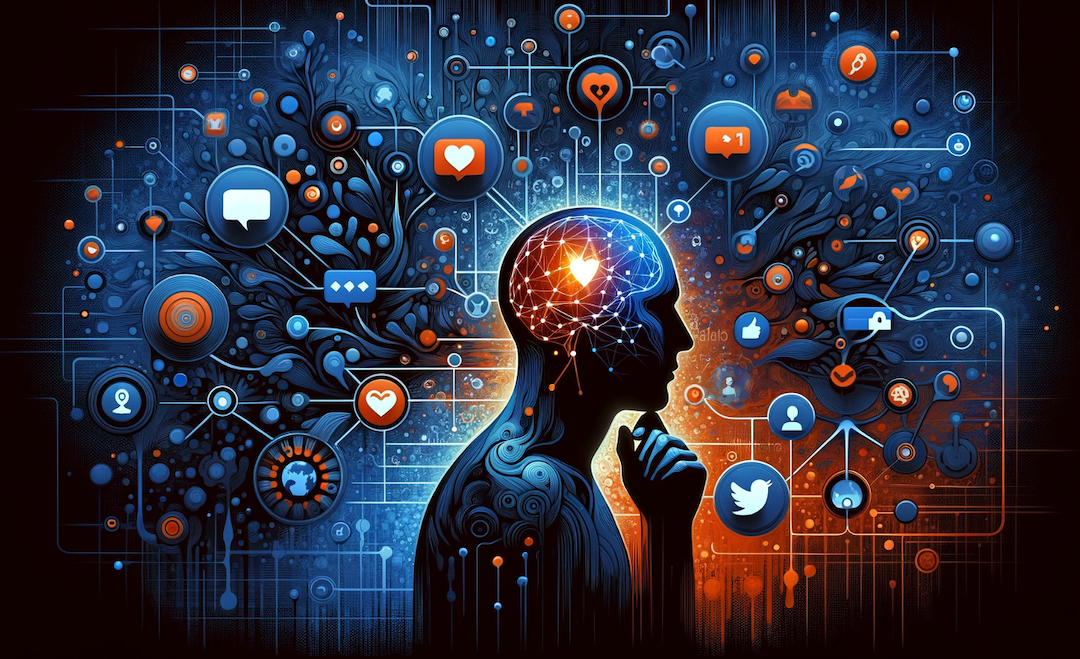
With improvement in technology, the education sector is constantly evolving to meet the needs of 21st-century learners. One of the key drivers of this evolution is the integration of cutting-edge education technology. From interactive whiteboards to virtual reality simulations, technology has the power to revolutionize the way we teach and learn. In this article, we will explore the impact of these advancements on the learning experience and how they are shaping the future of education.
The Role of Technology in Education
Technology has undoubtedly transformed the way we access information and communicate with one another. In the field of education, technology has the potential to enhance traditional teaching methods and provide students with new and engaging ways to learn. With the rise of e-learning platforms, students can now access study material anytime, anywhere, allowing for a more personalized and flexible approach to learning.
Interactive Learning Tools
One of the most significant impacts of cutting-edge education technology is the development of interactive learning tools. These tools are designed to engage students in the learning process, making it more dynamic and hands-on. For example, interactive whiteboards allow teachers to deliver dynamic lessons with multimedia content, while virtual reality simulations can provide students with immersive learning experiences.
Adaptive Learning Systems
Another key advancement in education technology is the development of adaptive learning systems. These systems use artificial intelligence to tailor learning materials to the individual needs of each student. By analyzing students' performance and preferences, adaptive learning systems can provide personalized recommendations and feedback, helping students to learn at their own pace and in their own way.
The Benefits of Technology in Education
The integration of cutting-edge education technology offers numerous benefits for both students and teachers.
Benefits for Students
- Enhanced Learning Experience: With the help of technology, students can access a wealth of information at their fingertips. They can use e-books, educational apps, and online resources to supplement their learning and gain a deeper understanding of the subject matter.
- Increased Engagement: Technology makes learning more interactive and fun for students. They can participate in virtual simulations, games, and multimedia presentations that keep them engaged and motivated to learn.
- Personalized Learning: Technology allows for personalized learning experiences tailored to each student's needs and preferences. Adaptive learning software can adapt to the student's learning pace and style, providing targeted feedback and support.
- Collaboration and Communication: Technology enables students to collaborate with their peers on group projects, communicate with teachers outside of the classroom, and connect with experts in the field through online forums and video conferencing.
- Preparation for the Future: In today's digital age, technological literacy is essential for success in the workforce. By using technology in education, students can develop the skills they need to thrive in a constantly evolving technological landscape.
Benefits for Teachers
- Increased Efficiency: Technology streamlines administrative tasks for teachers, such as grading assessments, managing student records, and communicating with parents. This allows teachers to focus more on teaching and less on paperwork.
- Customized Lesson Plans: With access to online resources and educational tools, teachers can create customized lesson plans that cater to the diverse needs and learning styles of their students. They can incorporate multimedia elements, interactive activities, and real-time assessments to enhance the learning experience. For example, educational worksheets for elementary students, aligned with Common Core Standards, can streamline teachers' planning process while providing engaging educational activities.
- Professional Development: Technology provides teachers with opportunities for professional development and networking. They can participate in online courses, webinars, and forums to stay updated on the latest educational trends and best practices.
- Data-Driven Instruction: Technology enables teachers to collect and analyze data on student performance, allowing them to track progress, identify areas for improvement, and provide targeted interventions. This data-driven approach to instruction can lead to better outcomes for students.
- Global Reach: Technology breaks down geographical barriers and allows teachers to connect with educators from around the world. They can collaborate on research projects, share teaching resources, and exchange ideas to enhance their own teaching practice.
Challenges and Considerations
While the impact of cutting-edge education technology is largely positive, there are also challenges and considerations to be aware of. For example, there may be concerns about the digital divide, where some students have limited access to technology at home. Additionally, there is a need to ensure that technology is used in a responsible and ethical manner and that it aligns with educational goals and objectives.
Looking Ahead
As technology continues to advance at a rapid pace, the possibilities for revolutionizing learning are seemingly endless. From artificial intelligence to augmented reality, the future of education is bright with innovation. By embracing cutting-edge education technology, we can create a more inclusive, engaging, and effective learning environment for all students.
Conclusion
The impact of cutting-edge education technology on learning is profound and far-reaching. By integrating technology into the classroom, we can create a more dynamic and personalized learning experience for students. With the right tools and strategies in place, we can harness the power of technology to revolutionize education and prepare students for success in the digital age.
Share this post
Leave a comment
All comments are moderated. Spammy and bot submitted comments are deleted. Please submit the comments that are helpful to others, and we'll approve your comments. A comment that includes outbound link will only be approved if the content is relevant to the topic, and has some value to our readers.



Comments (0)
No comment